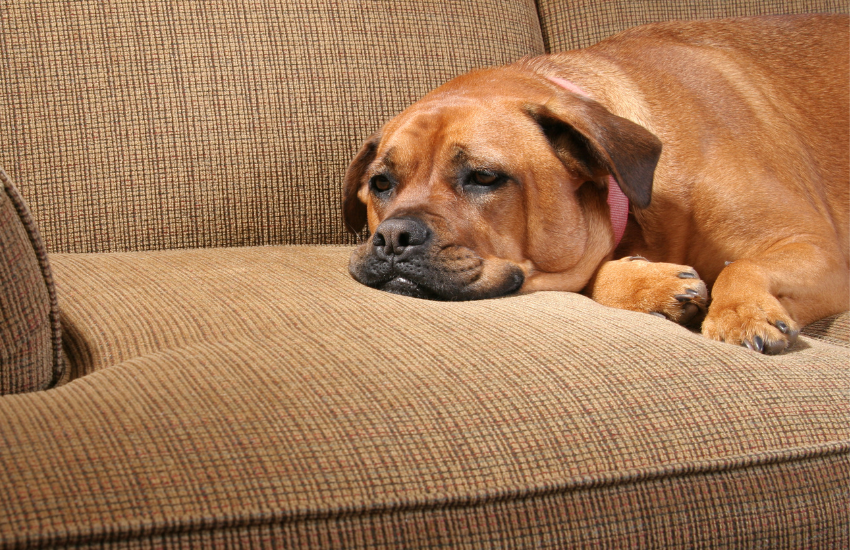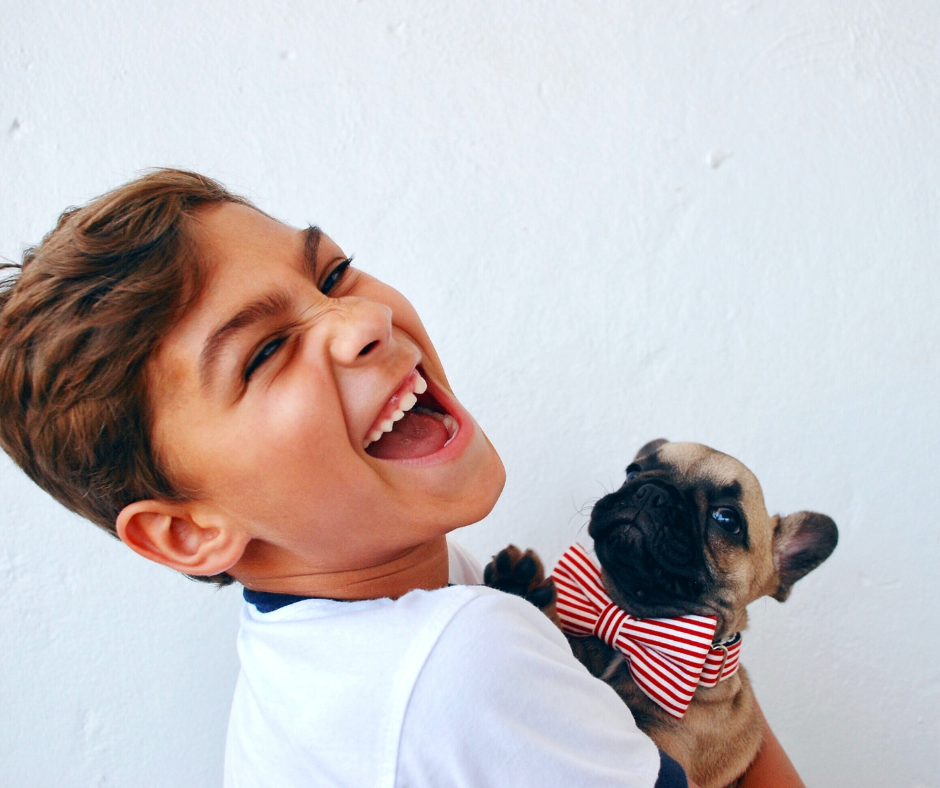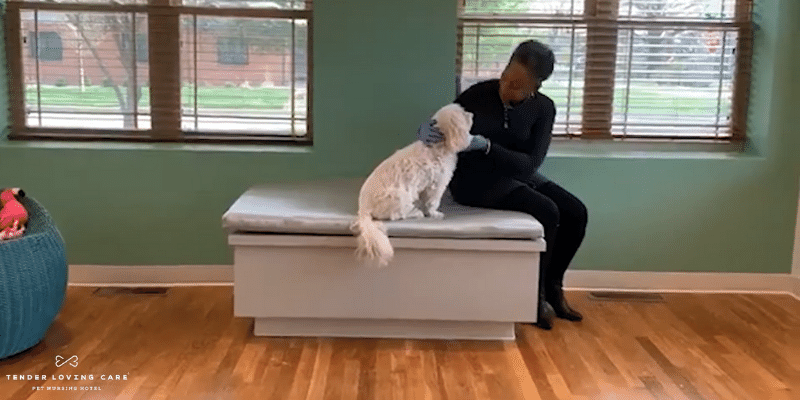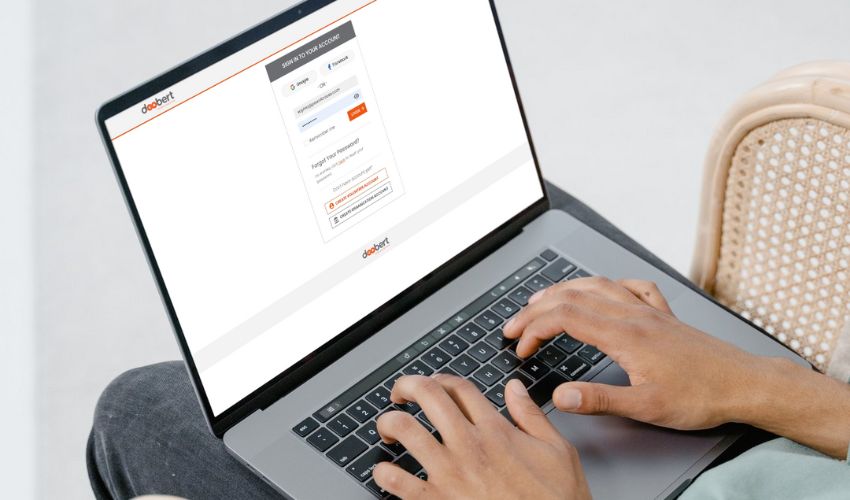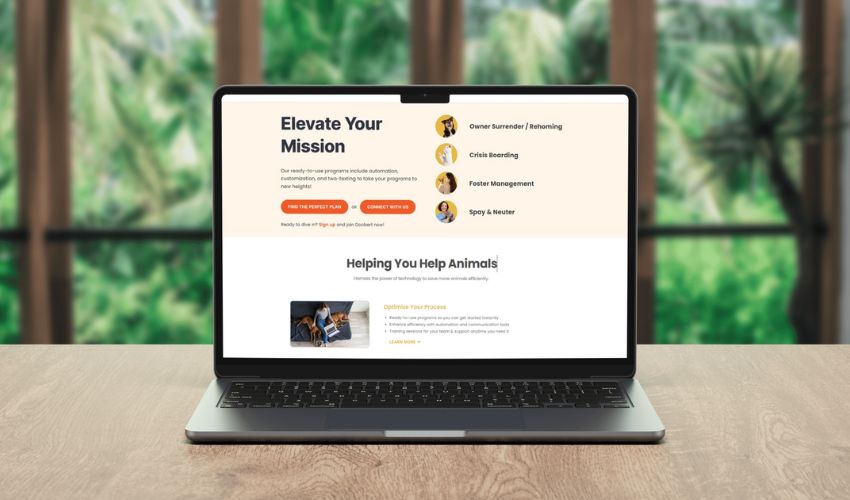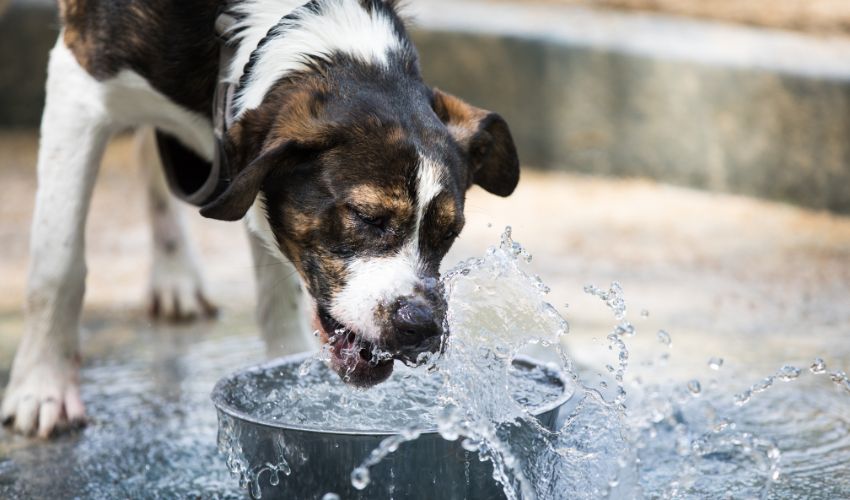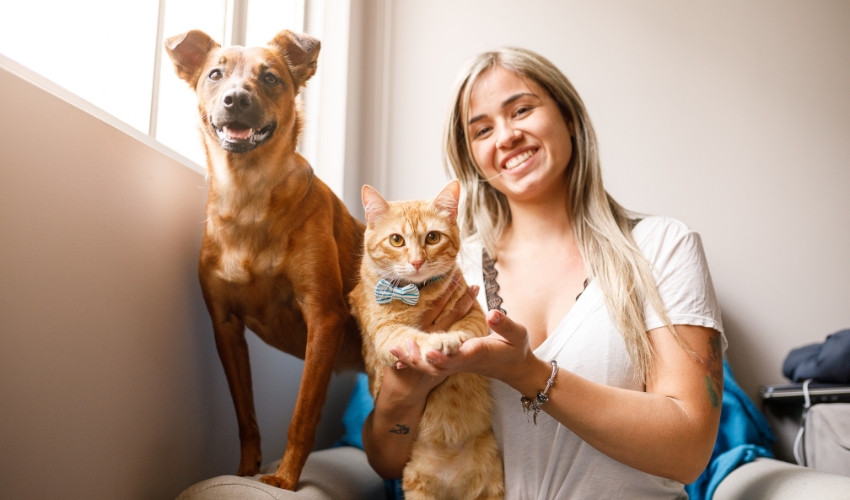Bloating, also known as gastric dilatation-volvulus (GDV), is a serious condition that can affect dogs. Recognizing the signs of bloat and taking preventive measures can help keep your canine companion safe and healthy. In this article, we’ll explore three common signs of bloat in dogs and share three essential tips to avoid bloating in dogs.
Signs of Bloating in Dogs

We will explore the telltale signs and symptoms of bloat in dogs, helping you become a vigilant pet parent and volunteer to ensure early detection.
Difficult Breathing: Watch out for signs of shortness of breath, elevated heart rate, pale gums, and excessive drooling in your dog. These early symptoms may indicate the onset of bloat in dogs
Retching and Abdominal Distension: Bloat causes the stomach to become distended, leading to discomfort. Dogs may experience retching, vomiting, and sensitivity in the abdominal area.
Shock: If the stomach twists, it can cut off blood supply to vital organs, resulting in shock. Look for signs such as an elevated pulse, increased thirst, and difficulty breathing. If you notice these symptoms, seek immediate veterinary assistance.
Prevention Tips for Bloating in Dogs


Prevention is key when it comes to keeping your furry friend safe from the dangers of bloat, a potentially life-threatening condition. Hence, we will provide you with essential tips and strategies to help prevent bloat in dogs.
Mealtime Management: Avoid vigorous exercise or play immediately after feeding your dog. Stress and over-exertion can increase the risk of bloat. Instead, schedule exercise sessions before or at least an hour after meals.
Consider Preventative Surgery: For at-risk breeds, consult with your veterinarian about preventative gastropexy. This surgical procedure attaches the dog’s stomach to the abdominal wall, reducing the likelihood of stomach twisting. It’s often performed during spaying or neutering.
Proper Feeding Habits: Feed your dog at least twice a day with smaller meals to prevent overeating. Use a slow feeder food bowl to regulate eating speed. Consider a mix of wet food and dry kibble to promote digestion. Ensure your dog has access to fresh water throughout the day to stay hydrated.
Conclusion
Bloat is a serious condition that requires prompt veterinary attention. By recognizing the signs of bloat and following these prevention tips, you can significantly reduce the risk for your dog. Moreover, remember to be mindful of mealtime management, consider preventative surgery for at-risk breeds, and establish proper feeding habits. Keeping your furry friend healthy and happy is our ultimate goal.
In this connection, when you suspect your dog may be experiencing bloat, please consult with a veterinarian immediately for proper diagnosis and treatment.
Boost Your Dog’s Health with Doobert’s Digestive and Immune Health Supplement – Give Them the Best Care!
Experience the joy of a lively and vibrant dog – one with boundless energy, a hearty appetite, and a zest for life. Our Digestive and Immune Health Supplement is the key to providing them with the care they truly deserve. Shop Now at Doobert!

